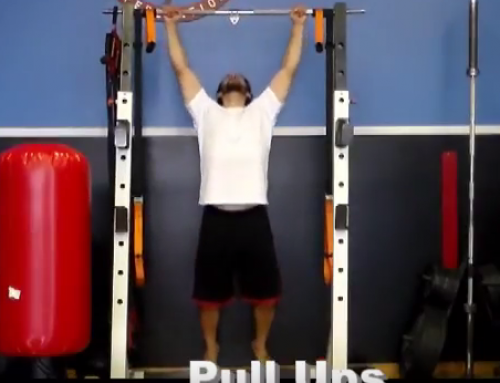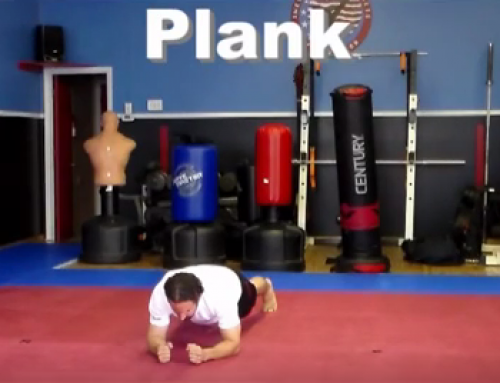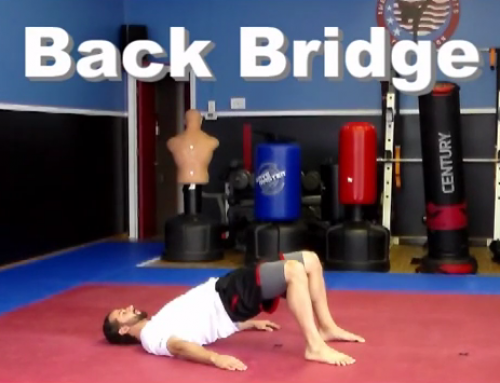I find people spend way too much time focusing on the positive in the gym and need to spend more time focusing on the negative. I speak, of course, in reference to positives and negatives of a lifting technique. For instance, on a pull up, the pulling of your chin up to the bar is considered the “positive” motion of the exercise, while lowering yourself back down to outstretched arms is the “negative” motion of the exercise.
Most spend too much time focusing on the positive. We make the mistake of thinking that getting the weight up is all that matters and then let gravity take it back down for us. Unless you’re a competitive lifter and all that matters is the weight going up or just looking to do a one rep maximum lift, then you’re missing half the exercise. Using your strength and effort on the negative will help boost your workout. Take for instance the bench press exercise. You push it up and extend the arms, then you let the weight drop down fast, bounce it off your chest and send it right back up again like a trampoline, am I wrong? It’s normal, many people do it, but you could get so much more out of your work out if you didn’t. Controlling the weight back down to the starting position can also help avoid injury. Allowing weight to drop down is a risk of injury on its own, but holding onto that weight as it drops to a starting position puts a lot of stress on the body as well. If you’re allowing the weight to drop while holding on to it, that means you’re relaxing the muscles that are used to control and stabilize the weight and your body position, which means your joints and spine are taking a beating and possibly over extending past it’s natural range of motion.
There are numerous ways to implement negatives into your workouts. Below is a list of a few things you can do to help boost your workouts by focusing more on the negatives.
- First and foremost, just don’t let the weight drop. The initial lift can be done as fast as you see fit through to the sticking point, but make sure the time spent bringing the weight back to the starting position is considerably longer. For instance, the weight should be lifted (positive) in about 1 or 2 seconds, but brought back down (negative) in 3 to 4 seconds.
- If using a machine, use both arms/legs to lift, and then just one arm/leg to bring it back down slowly.
- At the end of an exercise, on the last rep you can lift, hold the weight at the sticking point (joints unlocked) as long as you can. The muscles will fatigue out as the weight slowly comes back down, getting that last bit of strength out of the muscle.
- Much like #3, hold a rep at the sticking point as a friend/spotter applies pressure against you on the negatives.
Note that some of the listed above should be done with a spotter, specifically when it comes to free weights. It’s also important to note that focusing just on negatives and not positives is not any better than just focusing on the positives. They are both equally important in strength training. Now go out, and add some negatives to your work outs!







Leave A Comment